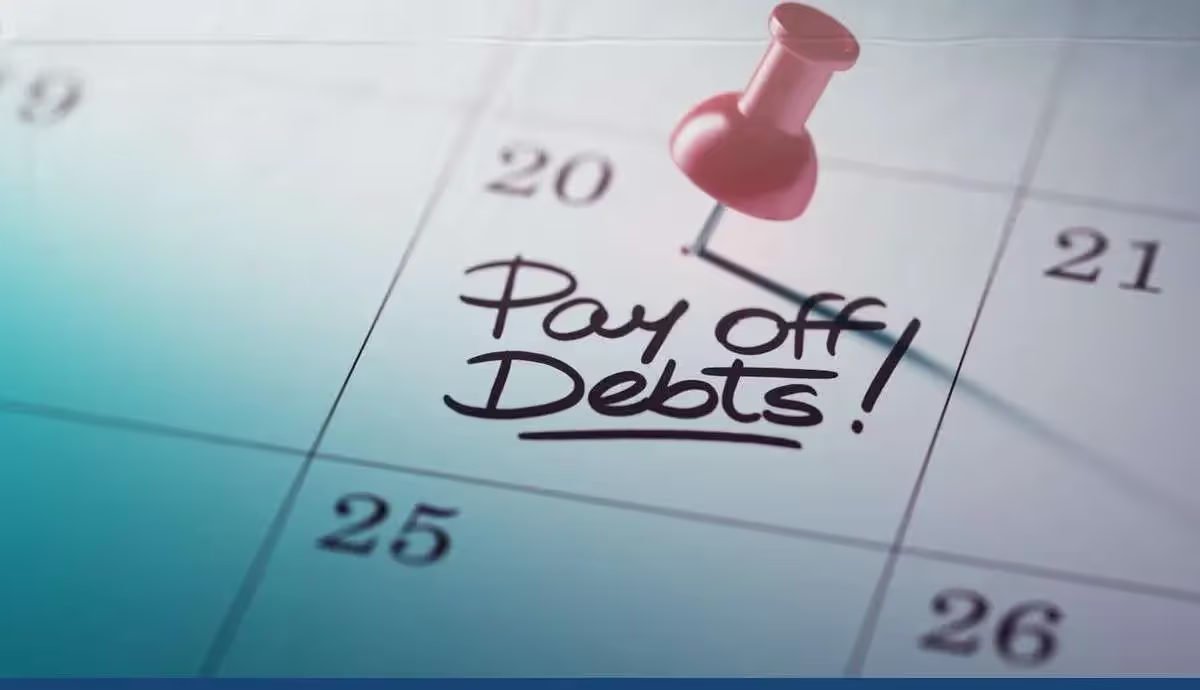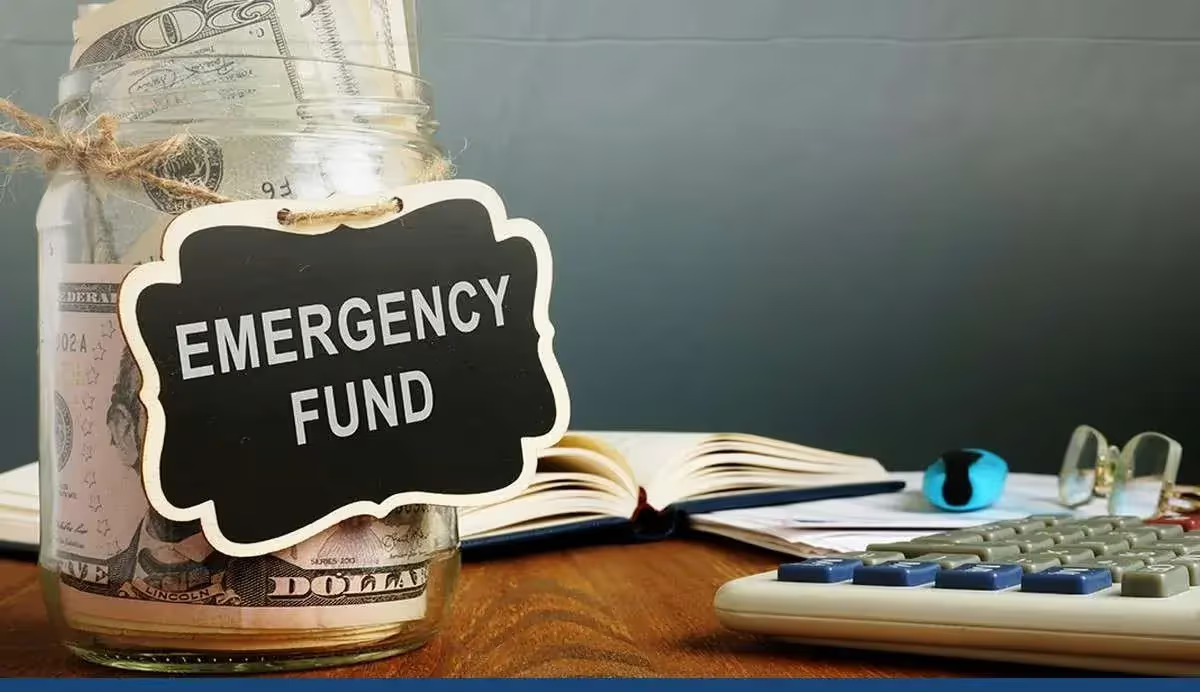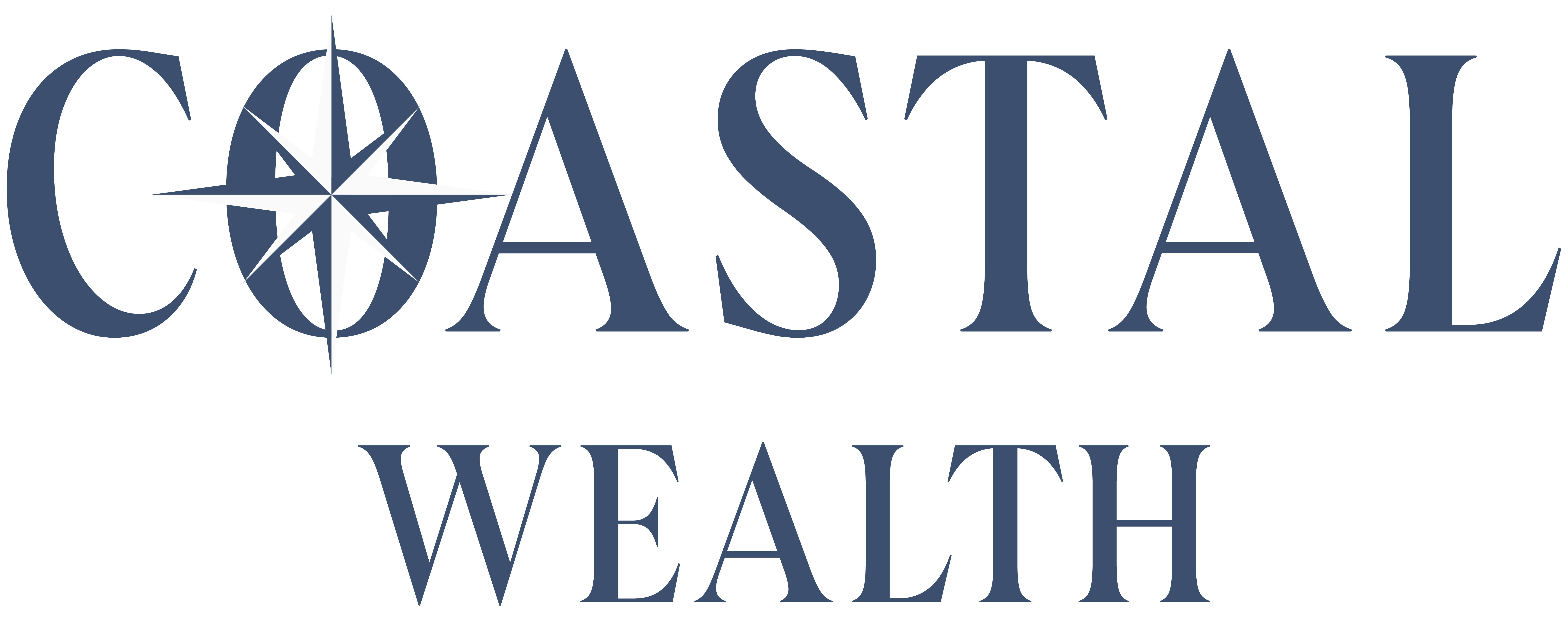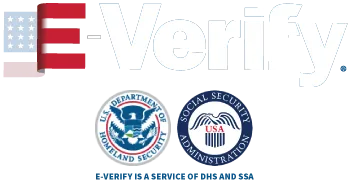Financial Planning
5 Steps to Start Your Journey Toward Financial Freedom
Achieving financial freedom is a goal many of us aspire to, but the journey can seem daunting. Fortunately, by following a clear roadmap and staying disciplined, you can take the…

Achieving financial freedom is a goal many of us aspire to, but the journey can seem daunting. Fortunately, by following a clear roadmap and staying disciplined, you can take the necessary steps toward creating a life where money is a tool—not a worry. Here’s a simple, actionable guide to help you start your journey toward financial independence:
1. Set Clear Financial Goals
Before diving into financial strategies, it’s essential to define your goals. What does financial freedom look like for you? Is it retiring early, eliminating debt, or having enough savings to travel the world? Take the time to write down your short-term and long-term financial goals. Clarity is key because your financial decisions should be guided by what you want to achieve.
Tip: Break down each goal into smaller, actionable steps. For example, if your goal is to save for a down payment on a home, determine how much you need to save each month to meet your target.

2. Create a Budget & Stick to It
A budget is the foundation of any financial freedom plan. Tracking your income and expenses helps you identify areas where you can cut back, save more, and allocate funds toward your financial goals. Start by listing your sources of income, then break down your monthly expenses—fixed (rent, utilities) and variable (groceries, entertainment).
Tip: Use budgeting apps to help you track spending automatically and stay on top of your financial habits.

3. Pay Off High-Interest Debt
Debt, particularly high-interest debt such as credit card balances, can be a major roadblock to financial freedom. Interest charges add up over time and make it harder to save or invest. Focus on paying down high-interest debt first, using strategies like the debt snowball (paying off smaller balances first) or the debt avalanche (paying off high-interest debt first).
Tip: Consider consolidating debts into one loan with a lower interest rate to make repayments easier to manage.

4. Build an Emergency Fund
Life is unpredictable, and an emergency fund acts as your financial safety net. Aim to save 3–6 months’ worth of living expenses in an easily accessible account. This fund will give you peace of mind and protect you from relying on credit cards or loans during unexpected events like job loss or medical emergencies.
Tip: Set up automatic transfers to your emergency fund after every paycheck to make saving consistent and stress-free.

5. Invest for the Long Term
Once you’ve tackled debt and built your emergency fund, it’s time to grow your wealth. Investing allows you to put your money to work for you over time, thanks to compound interest. Start by contributing to retirement accounts such as a 401(k) or IRA, and consider additional investments like stocks, bonds, or real estate.
Tip: Diversify your investments to minimize risk. Don’t put all your eggs in one basket—spreading your investments across different assets helps you manage market fluctuations.

Final Thoughts
Achieving financial freedom doesn’t happen overnight, but by setting clear goals, budgeting, eliminating debt, saving, and investing wisely, you’ll build a solid foundation for the future. With these five steps, you’re well on your way to creating a life of financial security and independence.
Ready to start your journey toward financial freedom? Take the first step today, and let us at Coastal Wealth guide you along the way.
Recent Blogs
Check out our recent blogs here.





